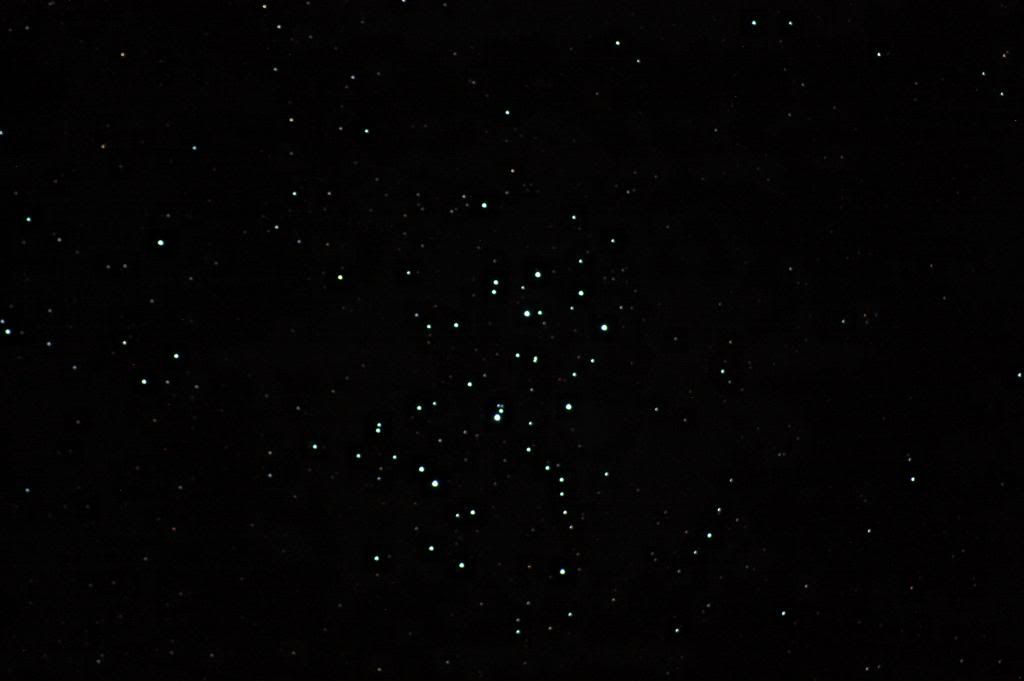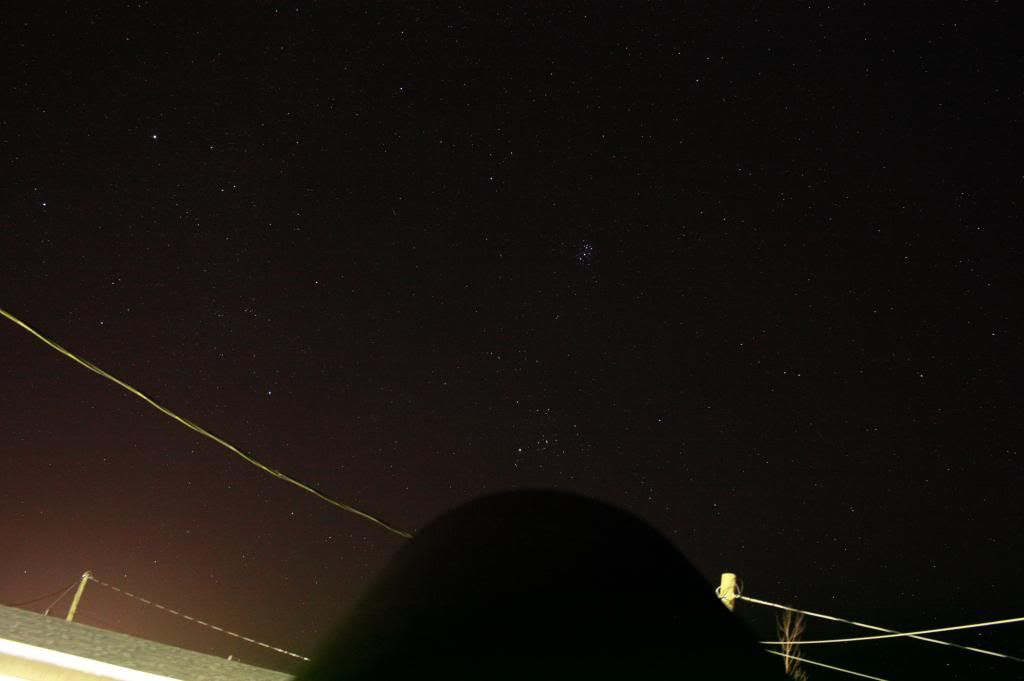Date Time: November 23, 2013 1730-2000 hrs
Weather: Windy, 0 degrees Celsius, clear
Attendance: Becky L, Jessica K, Carla M and Myself
Equipment: Meade LX 200 8" Telescope, 2x Barlow, 32 mm eyepiece, CT 3000 Planetary Imager, Canon Rebel DSLR camera with 18-55 mm and 75-300 mm lenses.
Objective: To view and image Venus and to show Becky and Jessica that Venus appears in phases like the Moon.
Report: Started out in the twilight, just after sundown. Venus shown brightly in the SW. Set the scope up and with the 2" 32 mm eyepiece in the 2x Barlow, easily found and viewed Venus. Venus was shaped like a crescent and shimmered like it was on fire. Both Becky and Jessica were very impressed at seeing our sister planet in its crescent phase.
At this point it was time to start imaging. First hooked up the planetary imager to the laptop and located Venus in the view screen. As Carla has a stigmatism, she can not look through the eyepiece, but she was able to view Venus on the laptop view screen.
At around 1900 hrs, to the east Taurus was starting to rise with M 45 above it. Imaged M 45 in a closeup with the camera and 300 mm lens. Then took a larger field of view image with the 18-55 mm lens, showing all of Taurus and M 45.
After this, the telescope was pointed west, towards Delphinus and Altair. This direction is interesting, because there was a super nova in Delphinus earlier this year, in the summer time.
One faint shooting star was seen in the SW high. No Satellites were seen.
 |
| Delphinus and Altair |
 |
| Venus image taken with planetary imager attached to eyepiece of telescope |
 |
| Venus image taken with DSLR camera attached to eyepiece of telescope |
 |
| M45 image taken with DSLR and 300mm lens attached to telescope |
 |
| M45 and Taurus |







